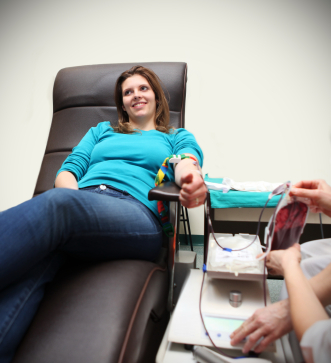 Have trouble finding your car keys this morning because you forgot where you left them? Or maybe you can’t remember the name of the new person who just joined the department down the hall? Before you blame age for your faulty memory, take a look at your diet. New research suggests that low levels of omega-3 fatty acids in your diet could be disrupting biochemical signaling in your brain and impairing your ability to learn and remember. And, consumption of high levels of fructose, often found in sugary beverages, could be making it worse. So, put down that soda and keep reading to learn how those empty calories might be sabotaging your memory and what you can do about it.
Have trouble finding your car keys this morning because you forgot where you left them? Or maybe you can’t remember the name of the new person who just joined the department down the hall? Before you blame age for your faulty memory, take a look at your diet. New research suggests that low levels of omega-3 fatty acids in your diet could be disrupting biochemical signaling in your brain and impairing your ability to learn and remember. And, consumption of high levels of fructose, often found in sugary beverages, could be making it worse. So, put down that soda and keep reading to learn how those empty calories might be sabotaging your memory and what you can do about it.
Continue reading “Forgot Something? Maybe Your Diet, not Your Age, is to Blame”
 The study, made available online ahead of publication (1), found that from a very early age, people associate sweeten drinks with salty and higher fat foods such as pizza and French fries (or chips). Perhaps partly as a result of this association, young people (ages 19–23 years) viewed unfavorably the pairing of a sweetened drink with raw or cooked vegetables. The test subjects showed strong reactions (either positive or negative) to the pairing of sweetened drinks with certain foods. In contrast, water didn’t evoke strong any reactions indicating that it was viewed as reasonable complement to most food.
The study, made available online ahead of publication (1), found that from a very early age, people associate sweeten drinks with salty and higher fat foods such as pizza and French fries (or chips). Perhaps partly as a result of this association, young people (ages 19–23 years) viewed unfavorably the pairing of a sweetened drink with raw or cooked vegetables. The test subjects showed strong reactions (either positive or negative) to the pairing of sweetened drinks with certain foods. In contrast, water didn’t evoke strong any reactions indicating that it was viewed as reasonable complement to most food. 







